Cannabidiol (CBD) suffers from poor aqueous solubility and extensive first-pass metabolism, which significantly limits its oral bioavailability.
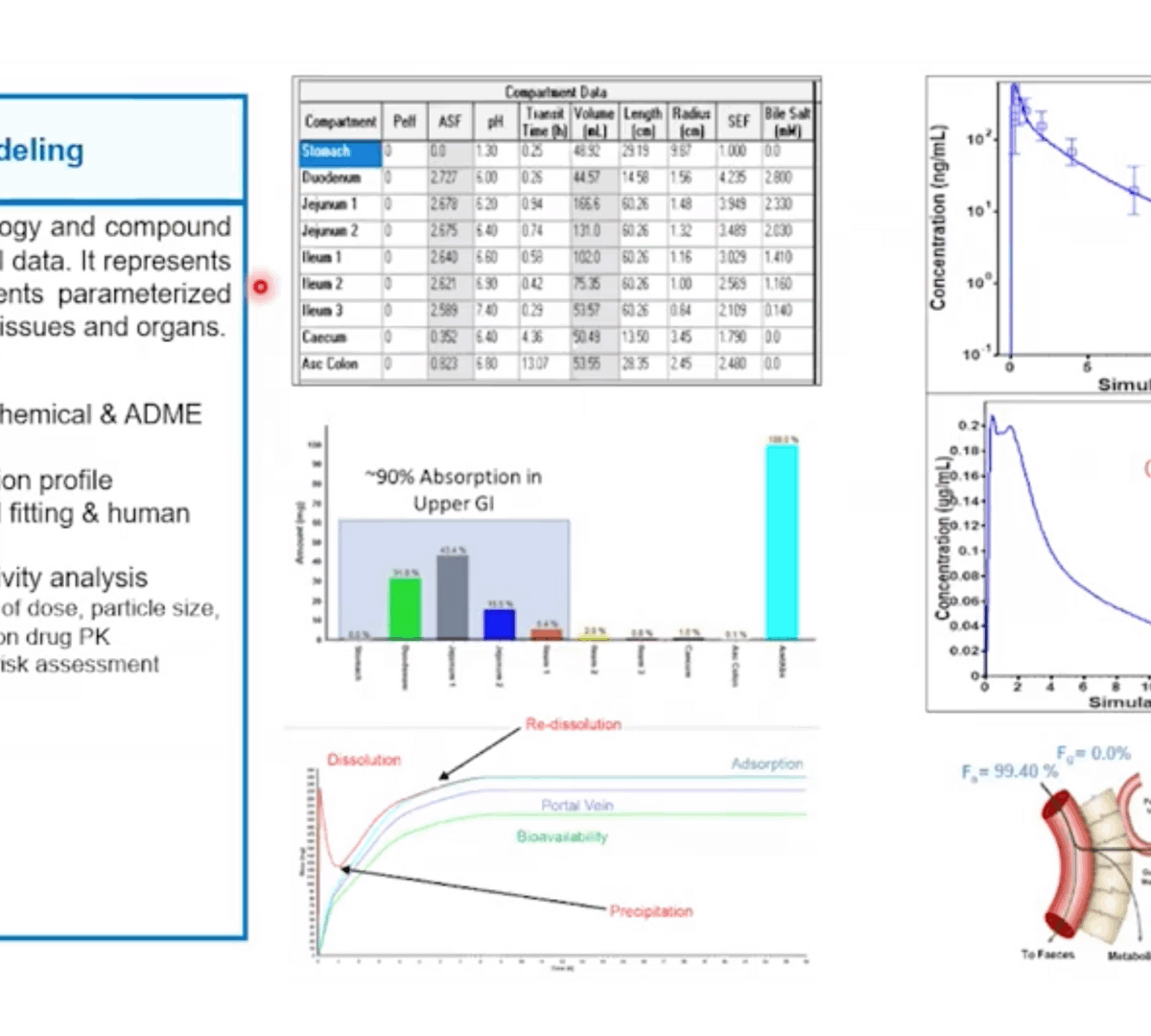
Can you spare 25mg? Optimizing Benchwork and Computational Approaches to Assess CMC Success
Drug discovery scientists often believe gram scale quantities of API are required to determine CMC properties like solubility, oral absorption, salt selection, and formulation strategy.

QSP: Strengthening First in Human Dose Selection for Immunotherapy
Selecting the optimal first-in-human (FIH) dose is one of the most challenging steps in drug development.
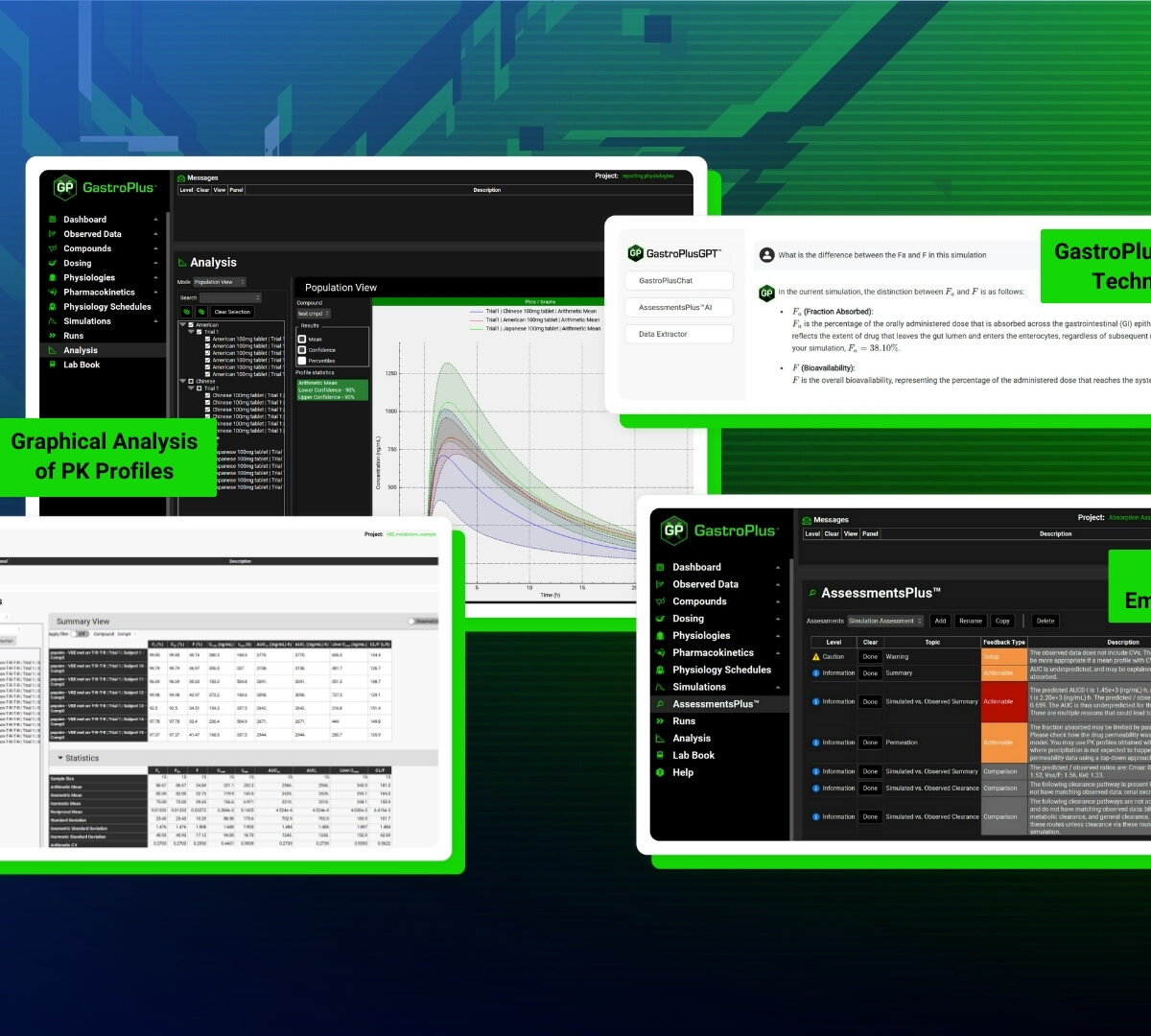
GastroPlus®X.2 Product Brochure
GastroPlus X.2 is a mechanistically based simulation software package that simulates intravenous and oral absorption, pharmacokinetics, drug-drug interactions and pharmacodynamics in humans and animals.
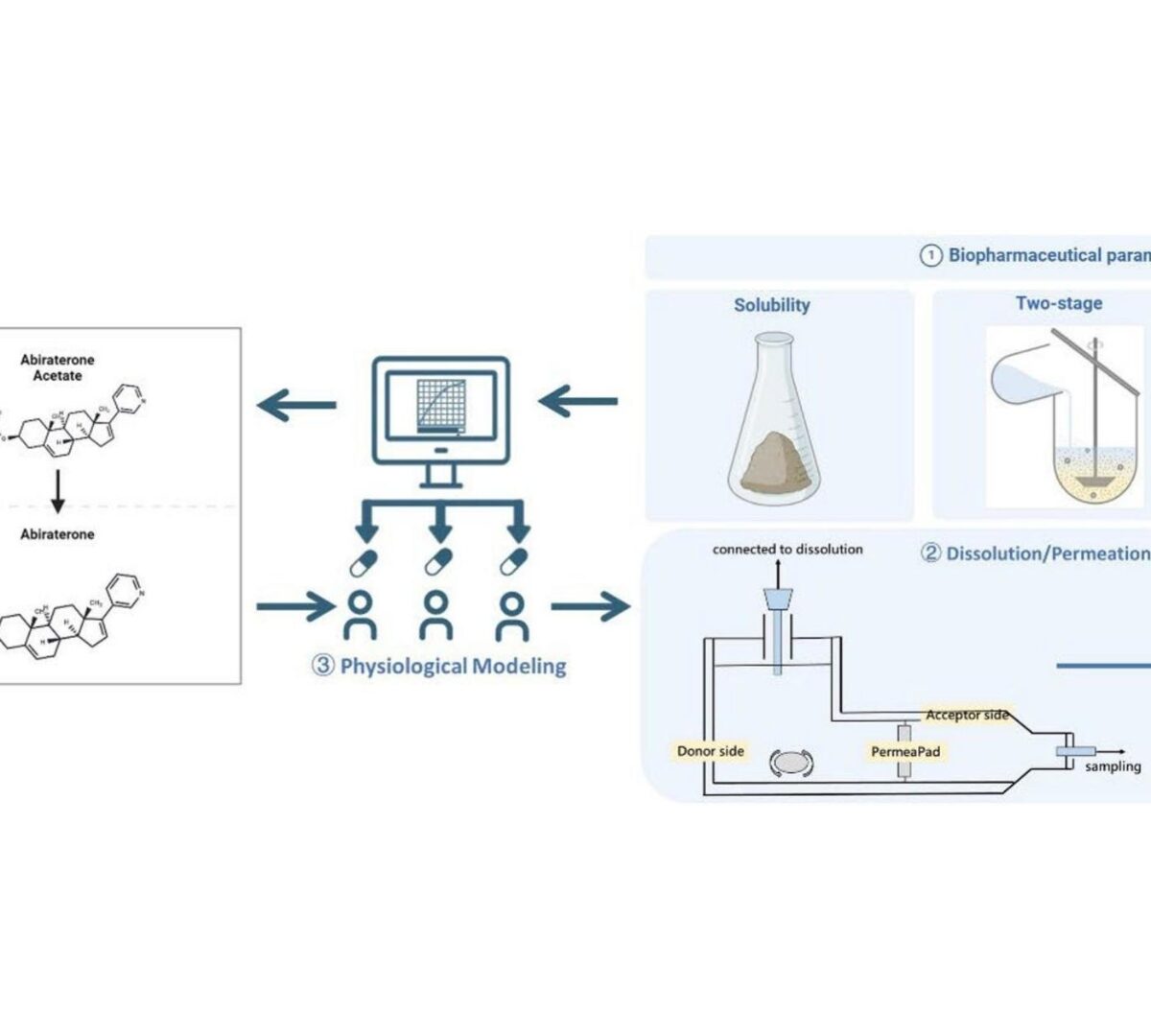
Establishing Clinically Relevant Dissolution Specifications for Prodrug Bioequivalence Risk Assessment: Integration of a Dissolution/Permeation System with Physiologically Based Biopharmaceutics Modeling in Abiraterone Acetate
Prodrugs with enzymatic activation requirements, such as the weakly basic biopharmaceutical classification system (BCS) class IV compound...
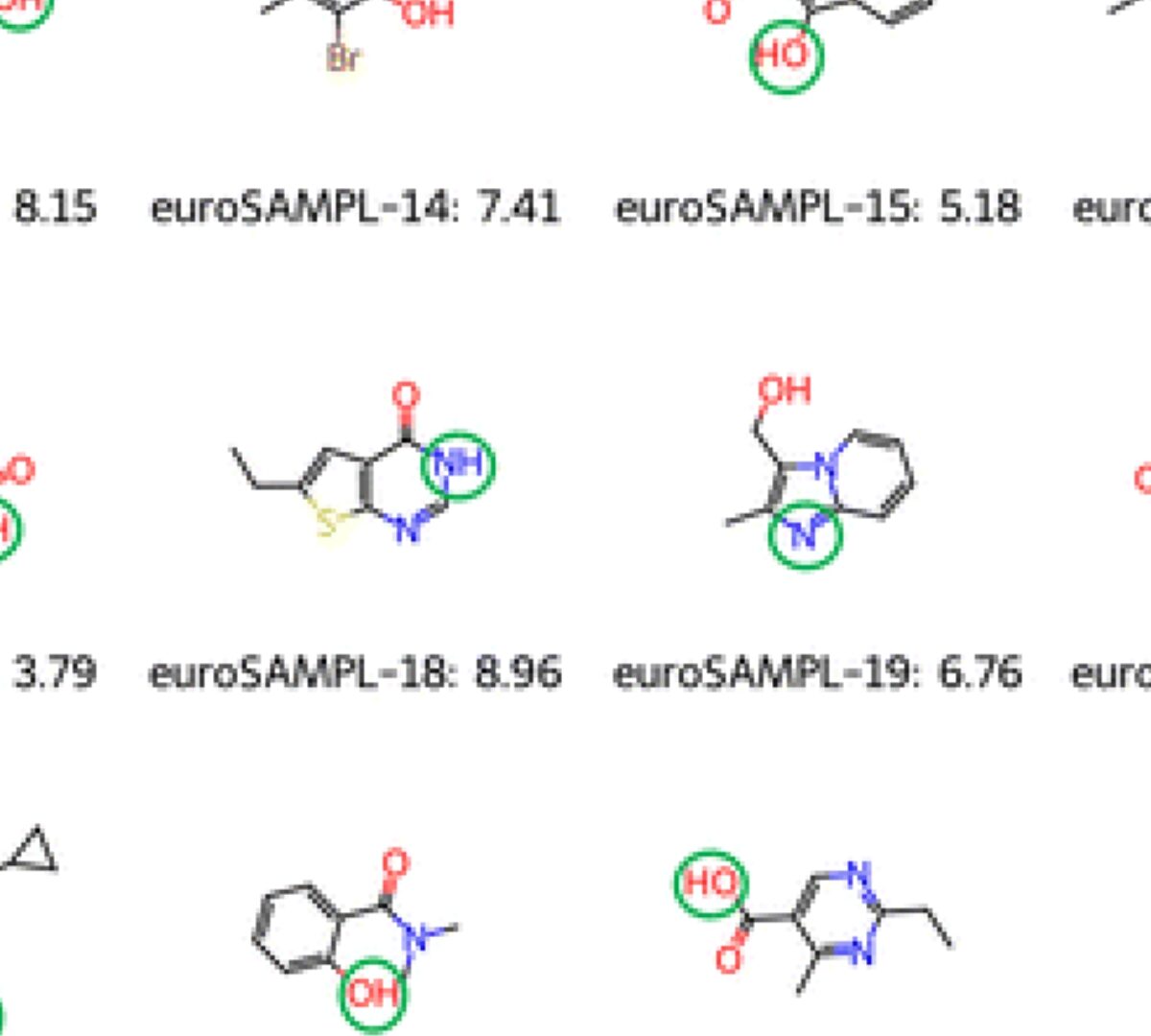
The EuroSAMPL1 pKa Blind Prediction and Reproducible Research Data Management Challenge
The development and testing of methods in computational chemistry for the prediction of physicochemical properties is by now a mature form of scientific research, with a number of different methods ranging from molecular mechanics simulations, over quantum calculations, to empirical and machine learning models.

QSP Modeling: Optimizing Therapy Efficacy in a Heterogeneous SLE Population
Despite systemic lupus erythematosus (SLE) clinical trials being conducted for over half a century, there are only two biologic therapies that are approved by the FDA to treat SLE: belimumab and anifrolumab.
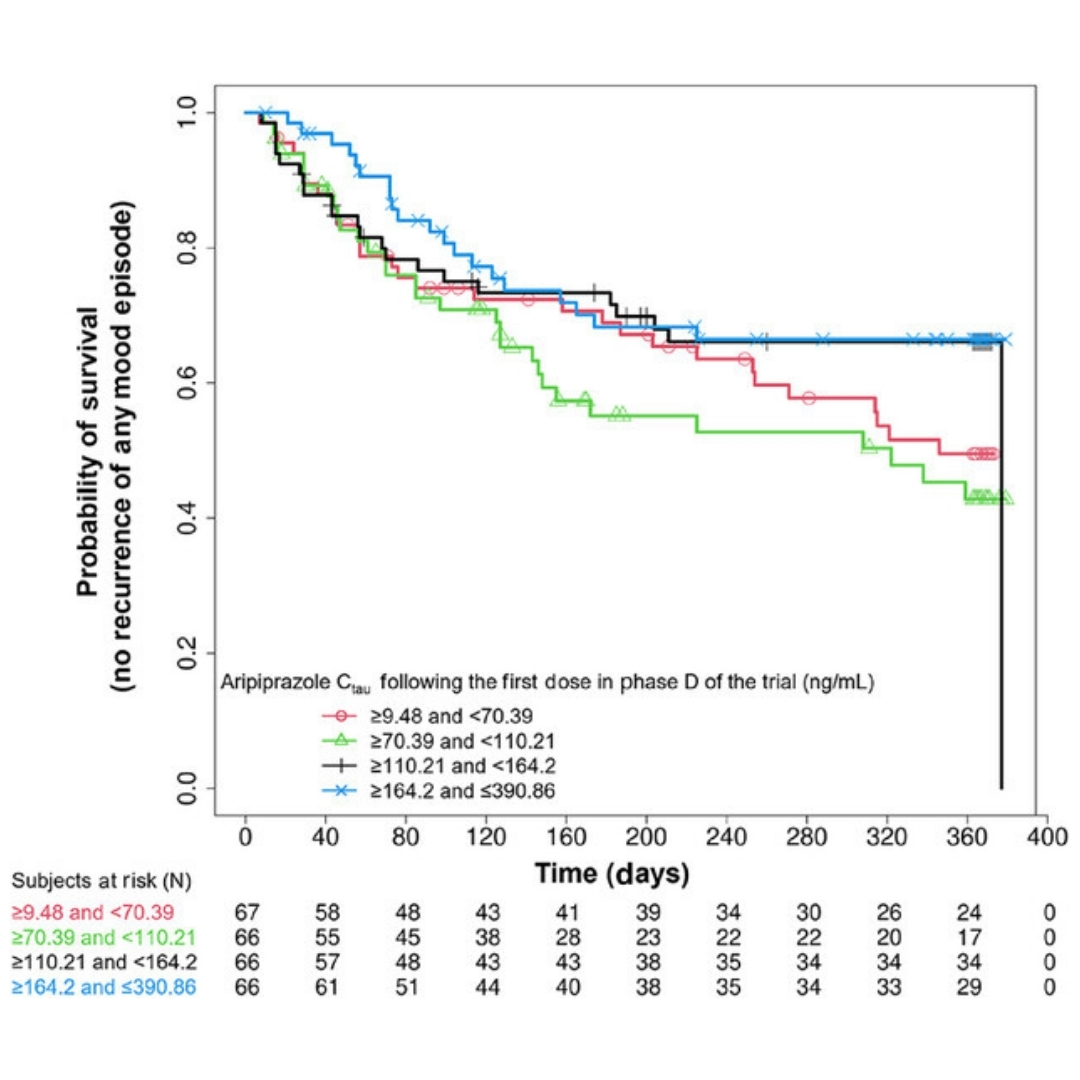
Exposure–Response Analysis for Aripiprazole Once-Monthly in Patients Diagnosed With Bipolar I Disorder
Aripiprazole once-monthly (AOM) is approved for the maintenance monotherapy treatment of bipolar I disorder (BP-I) in adults.

Top 3 Challenges in Thought Leader Management
Today more than ever, the role of thought leaders—also referred to as key opinion leaders (KOLs), external experts, and other designations—is critical.
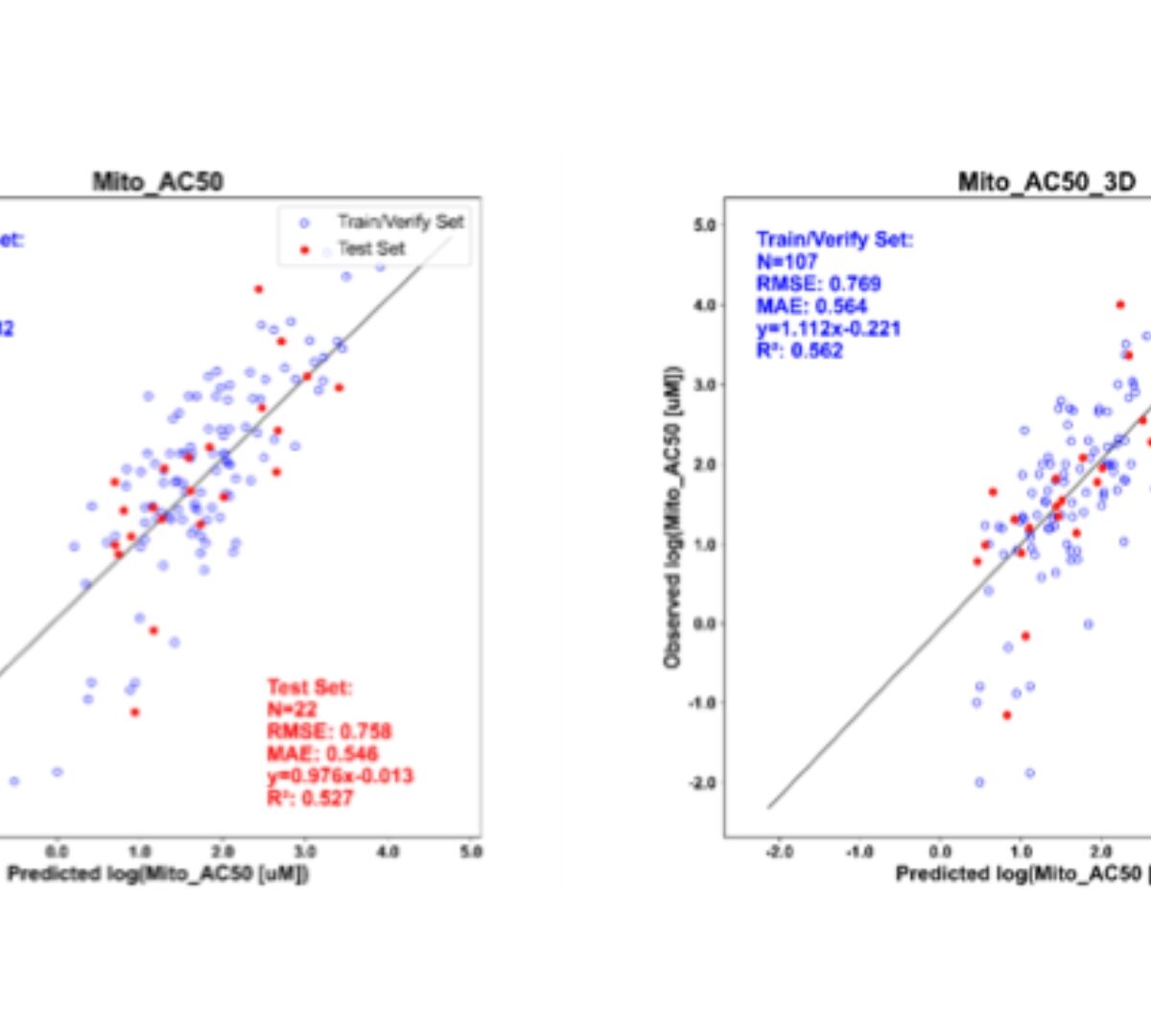
Application of Quantitative Systems Toxicology and Machine Learning Models in the Assessment of Drug-Induced Liver Injury
The QST Model DILIsym Provides More Comprehensive Predictions of DILI Risk than Artificial Intelligence Models
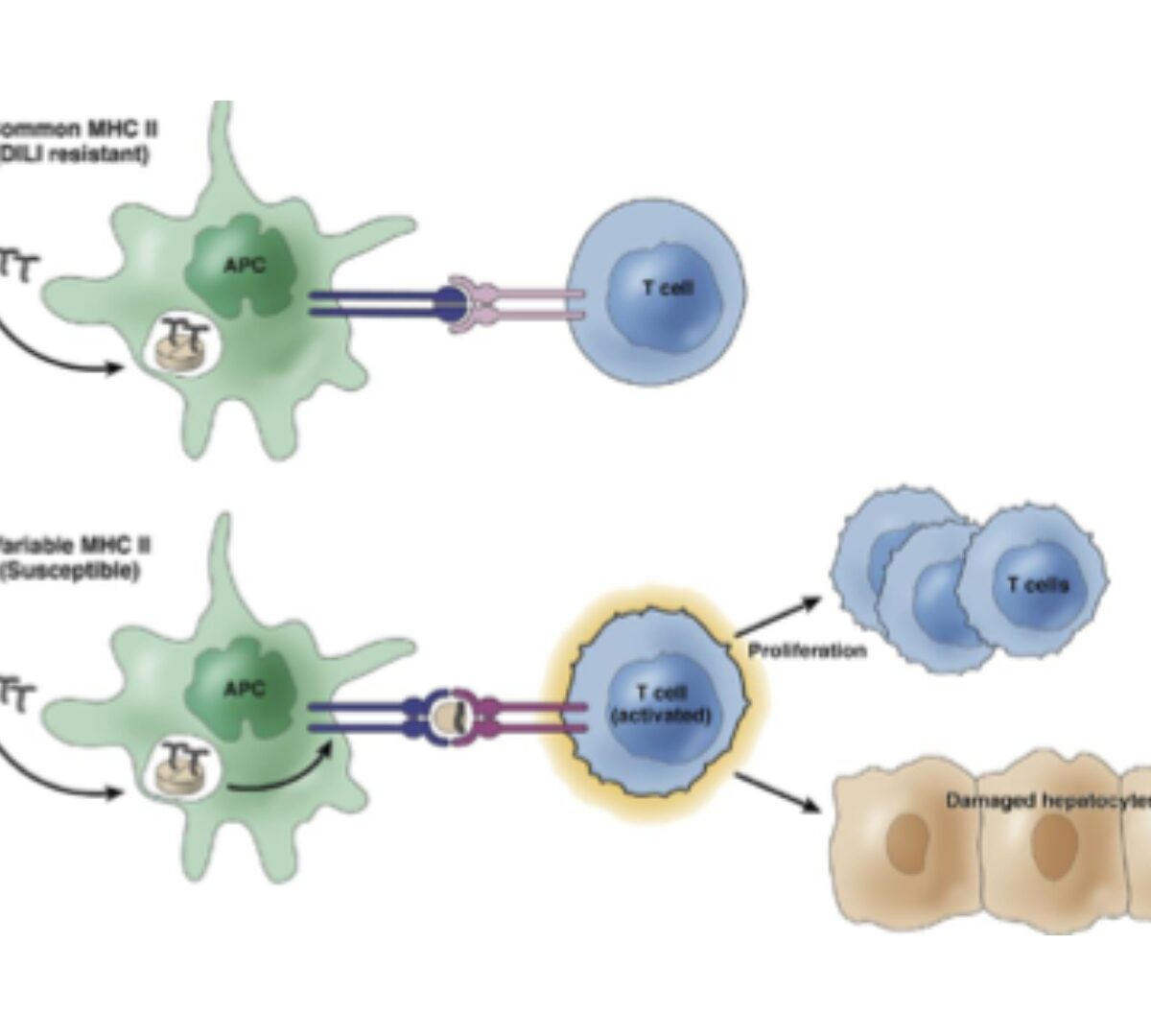
Successes and Failures of DILIsym
QST Models Predict Tox via the Intersection Between Exposure, Mechanisms, and Inter-Patient Variability
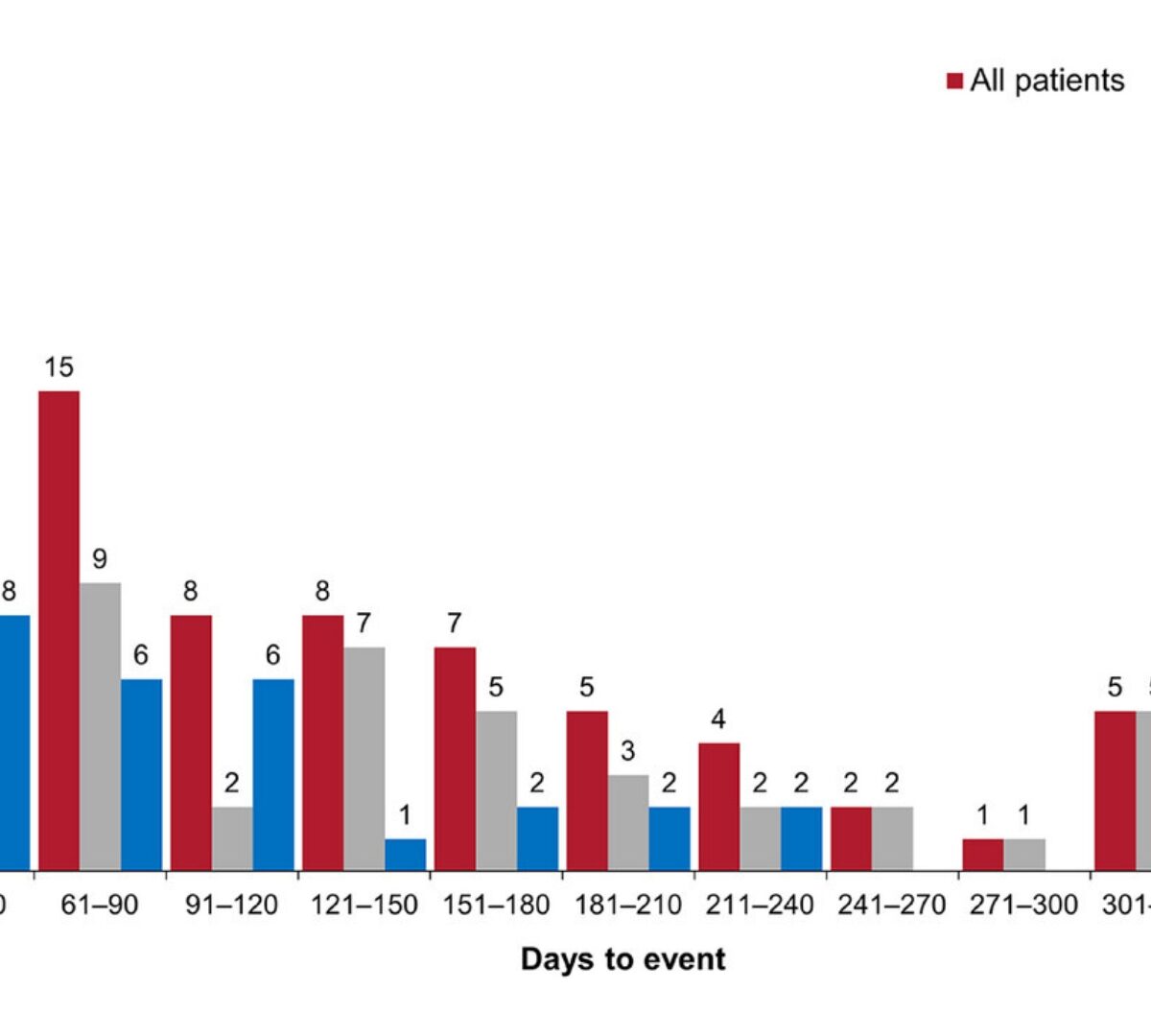
Dissolving Microneedle Patches for Transdermal Delivery of Paroxetine: in-vitro, ex-vivo Studies and its PBPK Modeling
Paroxetine HCl (PRX-HCl), an antidepressant, has poor water solubility and low oral bioavailability with 50% being metabolized in the liver.
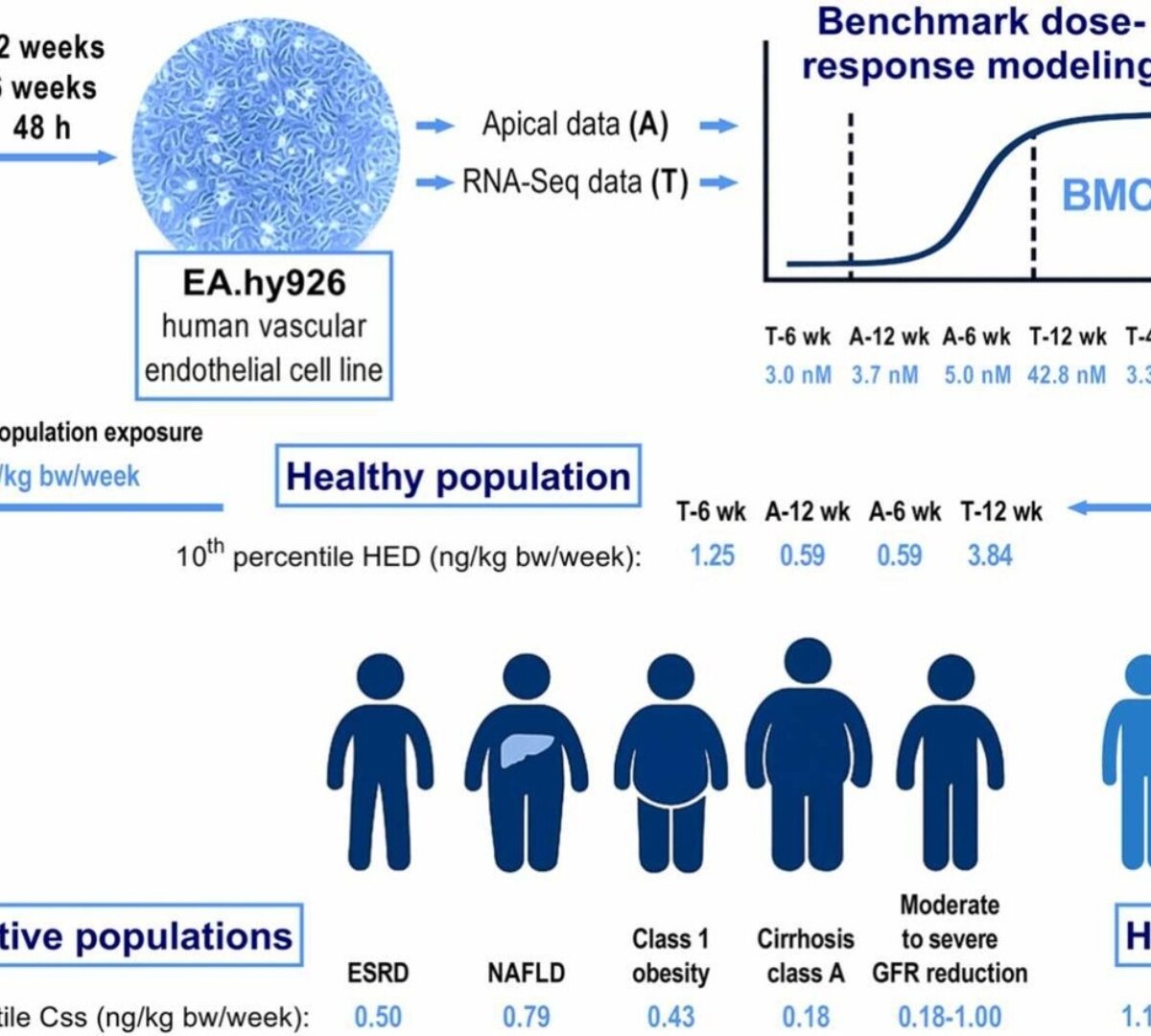
Advancing Probabilistic Risk Assessment of Perfluorooctanoic Acid Through Integration of in vitro Data and Physiologically Based Toxicokinetic Modeling Coupled with Population-Specific Analysis
Current human health risk assessment for perfluorooctanoic acid (PFOA) has proven inadequate due to a lack of innovative approaches.

New Era in Bioequivalence Global Harmonization Through ICH M13 Initiative: Critical Review on Mew Concepts, Alternative Approaches for High-Risk Products
Bioequivalence (BE) studies have made significant advancements, particularly with the introduction of the ICH M13 guidances.

Simulations Plus and the Institute of Medical Biology of the Polish Academy of Sciences Partnership Announces Results in Validation of ADMET Predictor® Models with Enhanced AI Drug Design
Researchers found 70% of compounds designed in ADMET Predictor demonstrated significant activity during in vitro testing
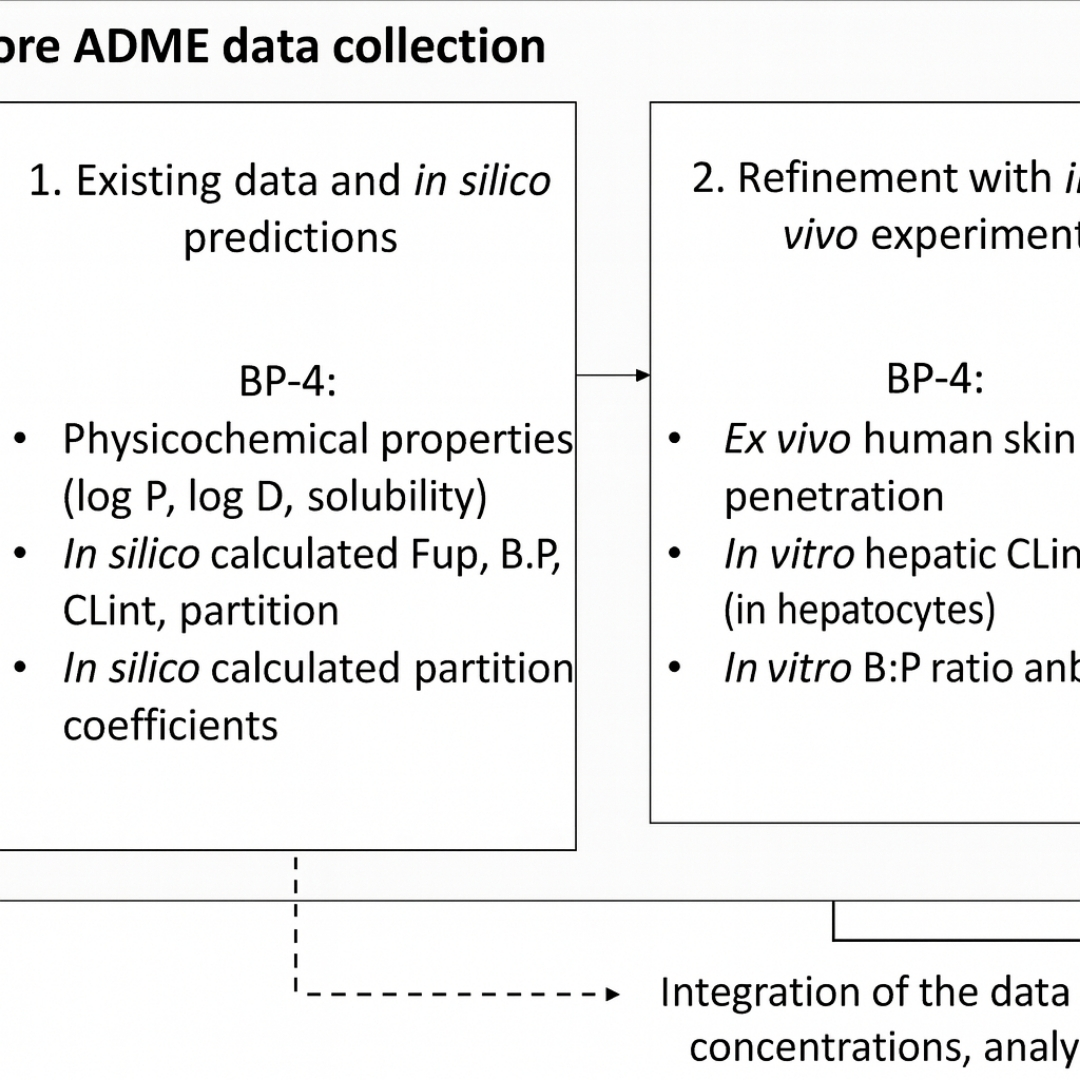
Building Confidence in PBK Model Predictions in the Absence of Human Kinetic Data: Benzophenone-4 Case Study
This study aimed to develop a physiologically based kinetic (PBK) model for benzophenone-4 (BP-4) in humans based on in vitro and in silico input data and to achieve scientific confidence in predicted internal...

Understanding Food Effects in Drug Development: A PBBM Perspective
The co-administration of oral drug products with food can lead to marked alterations in bioavailability (BA) and plasma concentrations when compared to the fasted state.

A High-Resolution Data Set of Fatty Acid-Binding Protein Structures. II. Crystallographic Overview, Ligand Classes and Binding Pose
Fatty acid-binding proteins (FABPs) belong to the calycin superfamily of proteins, sharing a similar overall structure with a ten-stranded β-barrel that encloses a large interior cavity for fatty-acid binding.
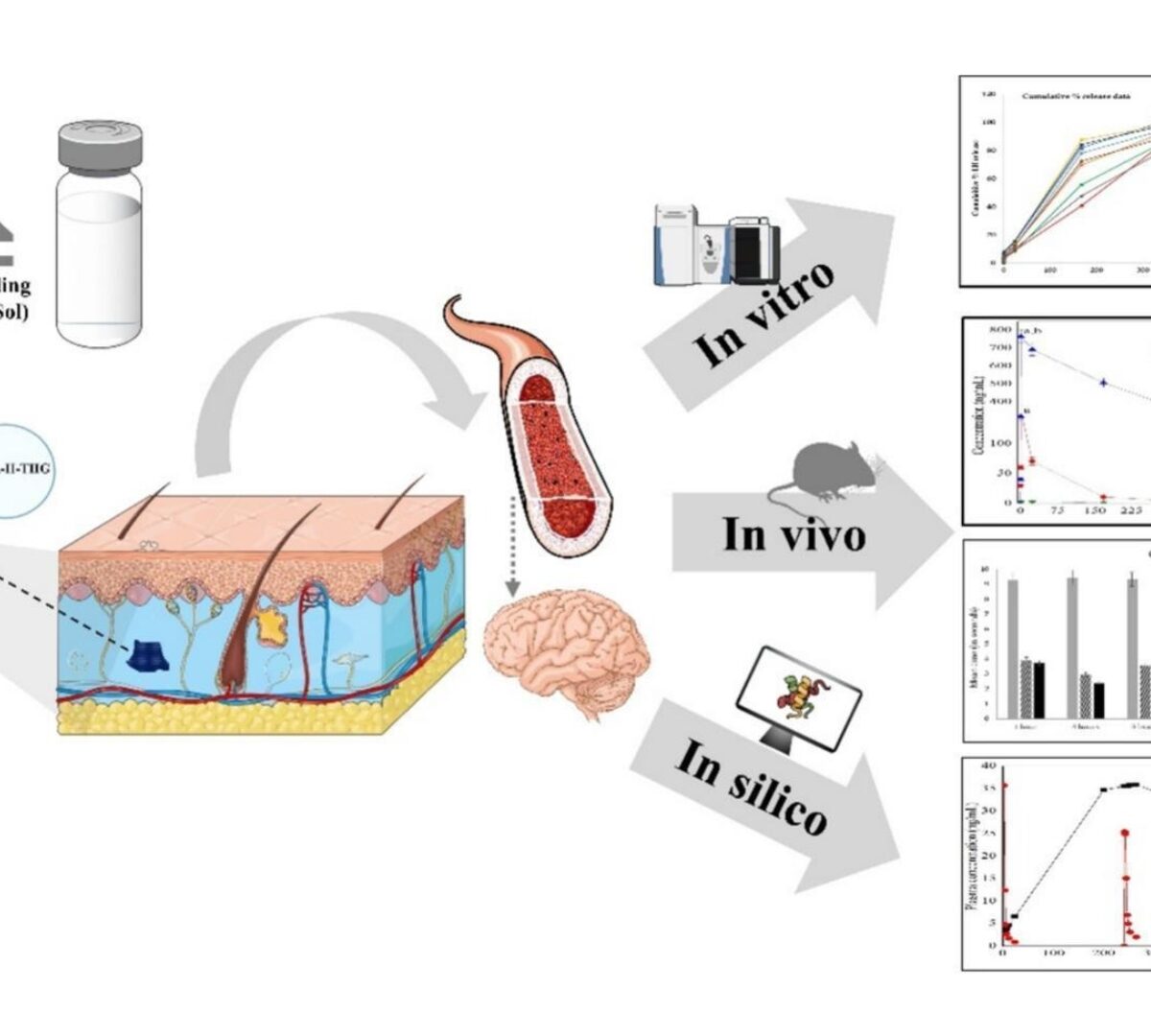
In vitro, in vivo and in silico Assessment of Bioresorbable PLGA-PEG-PLGA Based Thermosensitive Hydrogel Mediated 30-days Delivery of Lurasidone HCl for Schizophrenia
A novel once-monthly sustained-release injectable dosage form of Lurasidone hydrochloride thermosensitive hydrogel (LURA-H-THG) developed using PLGA-PEG-PLGA, for the treatment of schizophrenia.

Privacy Notice (LMS)
Privacy notice for how Simulations Plus handles personal data in its Learning Management System.
